Which platform should you start your off-road build with?
By Ben Boxer
Last updated on March 20th, 2024
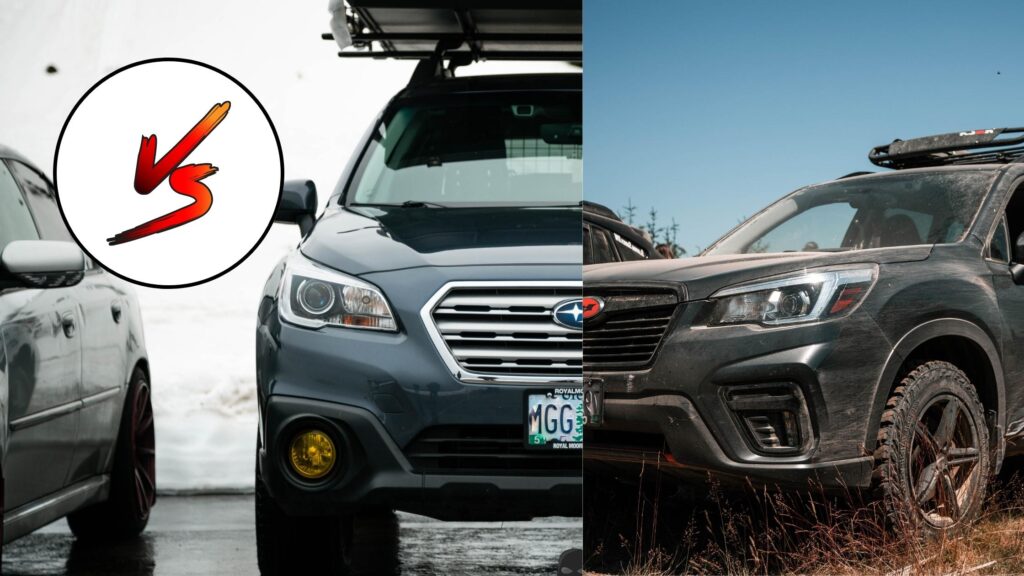
The Subaru Outback first debuted in 1995 as a trim level option of the popular Legacy. It slowly became a favorite among fans of the brand and is a even more popular today. Then in 1997, Subaru released the model year 1998 Forester which was a slightly larger platform at the time. Both models were relatively distinct from each other in size and shape. However, as the years have progressed, it’s become harder for consumers to choose between them. For off-road use, the Forester has better approach and departure angles while the Outback is available with more options that make it more powerful for trails days.
In 2010 Subaru changed the overall styling and feel of the Outback and Forester into slightly larger vehicles. Ever since the update took place, potential customers have been confused as to which is right for them. They’re similar in size, they have comparable engine options, and they even have almost the same amount of interior space in terms of cubic feet. So what’s the difference? Which one is not only right for you, but best for using off-road for your adventures? We’ll do our best to explain the main features that might cause you to choose one over the other. In this article we’re going to look at the pros and cons of the Subaru Outback vs the Subaru Forester to help you decide which one meets your needs most effectively.
Table of Contents
Physical Size and Luxuries
Size Benefits:
If having a lighter and more maneuverable vehicle is important to you, the Forester is a clear winner. Because of its more compact platform, the Forester has a slightly smaller exterior and weighs around 100 lbs less than the Outback. The 2024 Base Outback weighs in at 3661 lbs while the Forester starts at 3528 lbs. This means that the Forester will be slightly more agile in tight spaces on the trail.
Not only is there a difference in weight, but the physical exterior dimensions are different. The Outback is 191.9 inches long while the Forester is only 182.7 inches in length. Vehicle length plays a large role in how capable your vehicle is in off-road settings. Not only does it contribute to your approach and departure angle, but it determines how easily you can take tight turns, or turn around on a narrow trail. The Outback is also slightly wider than the Forester which will make it a tad more difficult to fit into tight spaces or overgrown roads. The Outback is 74.5 inches wide while the Forester is 72.2 inches wide. These may not seem like big differences, but every little bit helps when you’re building a vehicle for off-road use.
Even though actual ground clearance is 8.7 inches on both vehicles, the Forester is slightly taller than the Outback. The Forester may be the right choice for someone who likes the taller look of a true crossover. It might also be great for someone who does a lot of 1-2 person trips while carrying extra gear or has a dog that will ride in the cargo area. The Outback’s roomier interior better fits small families who like exploring the backcountry and taking camping trips off the beaten path.
Luxuries – The Outback Is A Clear Winner:
While even the most basic cars produced today are pretty comfortable and loaded with tech features, one of these two models comes from the factory with a couple more amenities. With more luxurious seats, a bigger infotainment system, wider cabin, lower vehicle-entry, and a more refined interior finish, the Outback is the right choice for someone concerned with creature comforts. However, the Forester is still a fantastically comfortable vehicle as it comes standard with a wide range of luxuries.
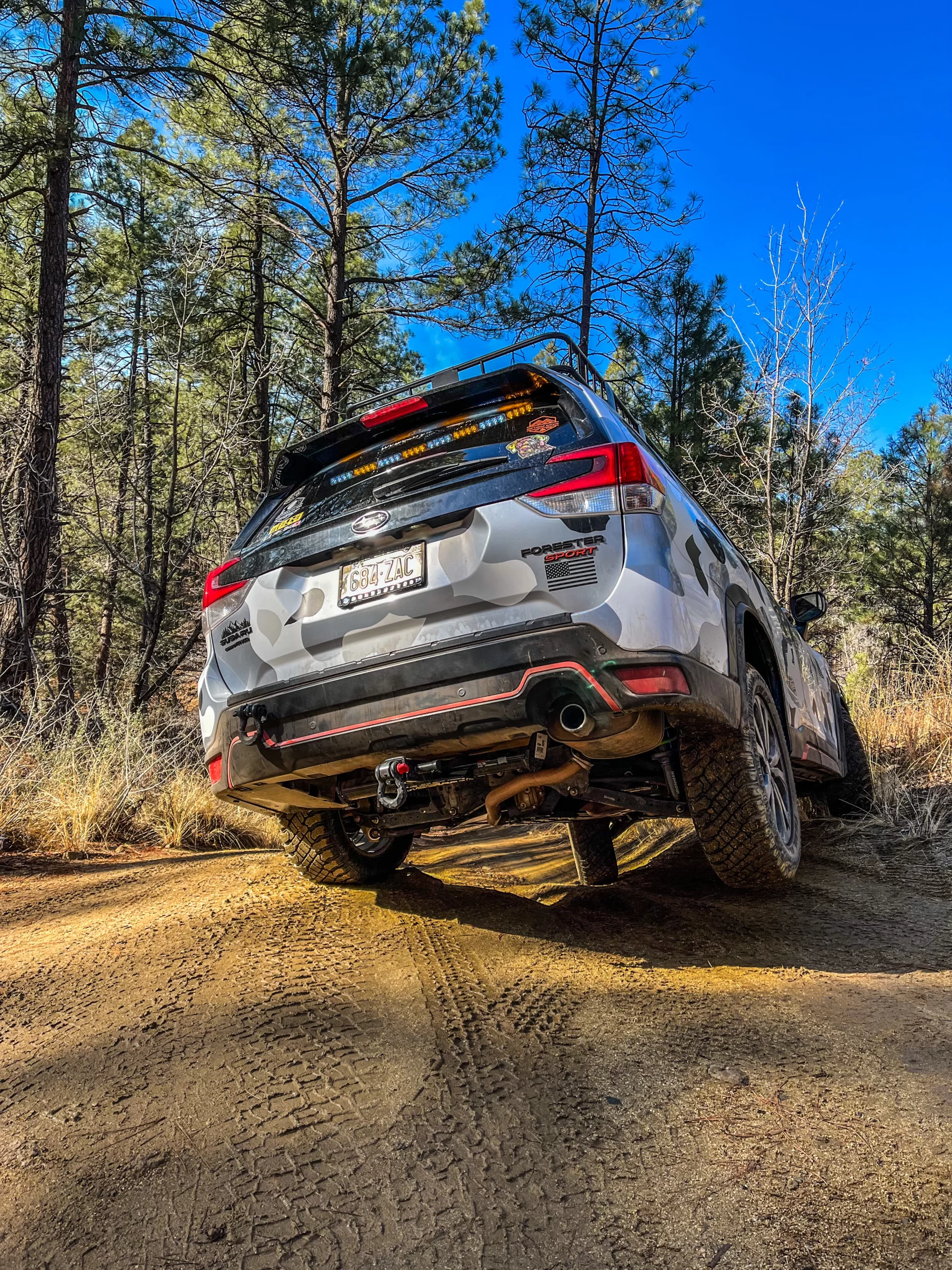
Approach and Departure Angle: The Forester Tackles Obstacles The Best
The Forester has an approach angle of 23 degrees and the Outback’s is 20 degrees. Approach angle is “the maximum upward angle of an inclined surface that your vehicle drives over” as defined by axleboy.com. What this means is that if your Forester or Outback “approaches” a ramp or incline of 23 or 20 degrees respectively, it can drive up it without hitting the front bumper. The higher the degree of approach angle the better. In this way, the Forester is going to have more off-road capability since it can safely climb steeper obstacles than the Outback without hitting the bumper and other important components.
Departure angle is another factor when considering your next trail car. In the same way that approach measures the angle of something your vehicle can drive up without hitting the front bumper, departure angle measures the angle of an object that you can safely drive up or down without hitting the rear bumper. The Forester’s departure angle is 25 degrees and the Outback’s is only 21.7 degrees which makes the Forester a great choice for physically attacking off-road obstacles. Keep in mind that these angles are stock and will be affected when a lift kit and larger tires are installed.
If we look at the Wilderness Editions, the approach and departure angle numbers increase for even more off-road capability. The Forester still comes out on top.
Outback Wilderness:
- Approach angle: 20 degrees
- Departure angle: 23.6 degrees
Forester Wilderness:
- Approach angle: 23.5 degrees
- Departure angle: 25.4 degrees
Gearing & Power: Choose The Outback Wilderness For The Most Powerful Ride
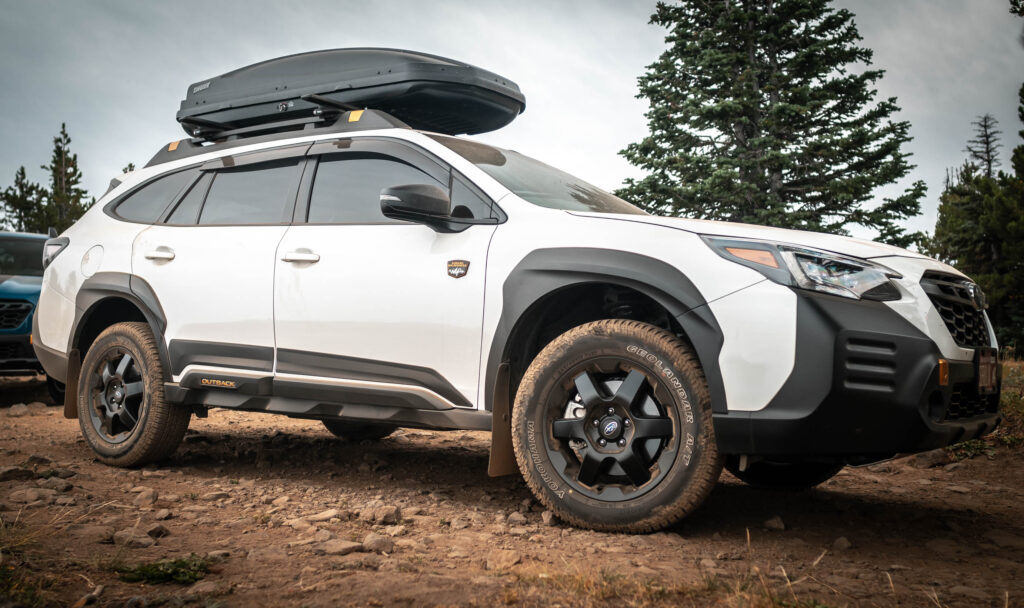
Both the Forester and the Outback are going to have similar gearing and comparable AWD systems. In the Premium trim, the Outback has a 3.90 final drive and the Forester’s 3.70 final drive is a little less aggressive. Gearing doesn’t increase actual engine power, but it allows the vehicle to harness that power in different ways for various purposes. A higher gear ratio means the vehicle will be able to use its power at slower “crawl” speeds. This is why very underpowered vehicles like the old Suzuki Samurai and 4 cylinder 4Runners are able to climb up steep hills without excessive horsepower.
While neither the Outback or Forester’s gear ratio is very impressive when compared to the gearing in a Jeep Rubicon with large differentials geared to 4.10 with a low range transfer case, the Outback will have slightly more low end power delivery. According to CNET, Outbacks with the Wilderness Edition package have a 4.44 final drive which makes it a clear winner in the gearing department. Foresters and other Outback trims both share a 4.11 final drive ratio which are good but not nearly as aggressive as the Outback Wilderness.
Now that we have an understanding of the gearing between the Forester and Outback, let’s talk about horsepower. Both models share Subaru’s 2.5 boxer engine in most trim levels. However, the Outback is available in the XT and Wilderness Edition trims with a 2.4 liter turbocharged engine that puts out 260hp at the crank. The Outback is a clear winner in the power department. The extra horsepower in any of the turbocharged Outbacks makes them significantly more fun in the sand and snow. It also gives the driver much more merging and passing power on the freeway. The Forester is not available with a turbocharged engine regardless of trim level. So in the power category, the Outback wins for having more available engine options with higher output.
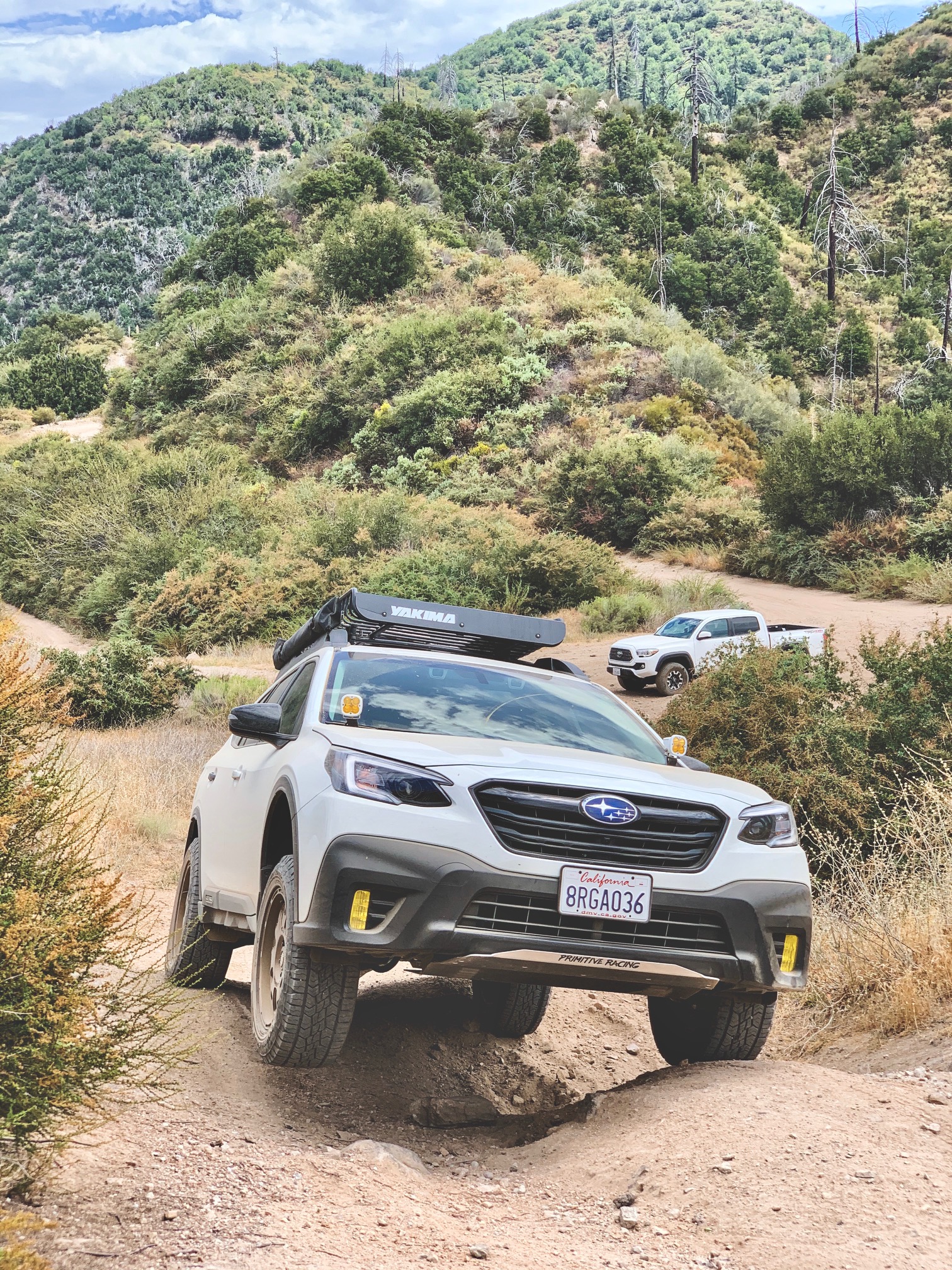
Towing Capabilities: Outback Comes Out On Top
Many people will never consider the towing capability of their Subaru when taking it off-road. However, there is a growing number of people who are opting to own one car that can “do it all” instead of a commuter car and a large truck or SUV. For those people, using a camping or travel trailer is a great option when trying to escape the city for some fresh air in the woods.
With a 2,700lb towing capacity, the Outback is the best choice for folks looking to bring a small trailer along on their trips. Being based on the slightly larger Legacy platform, the Outback is more capable of safely towing larger loads when compared to the Forester’s 1,500lb rating. The Outback also has a larger rear brake system which is important when towing.
Theoretically, a higher towing capacity could have an impact on the recovery tolerance of a vehicle. The Outback may be able to withstand a bit more force being applied during off-road recovery procedures. This difference is probably negligible, but worth considering.
Price: The Forester Is The Budget Conscious Choice
When doing a straight across comparison, the Forester is more affordable by about $2000 starting at $26,895 for 2024 models. The Outback starts a tad bit higher at $28,895. For those of us who plan to subject or Subaru to substantial off-road abuse, spending a little less not only hurts your wallet a bit less, but leaves extra money for aftermarket upgrades like tires, lift kits, and winches.
Aftermarket Support: Equal But Different Options
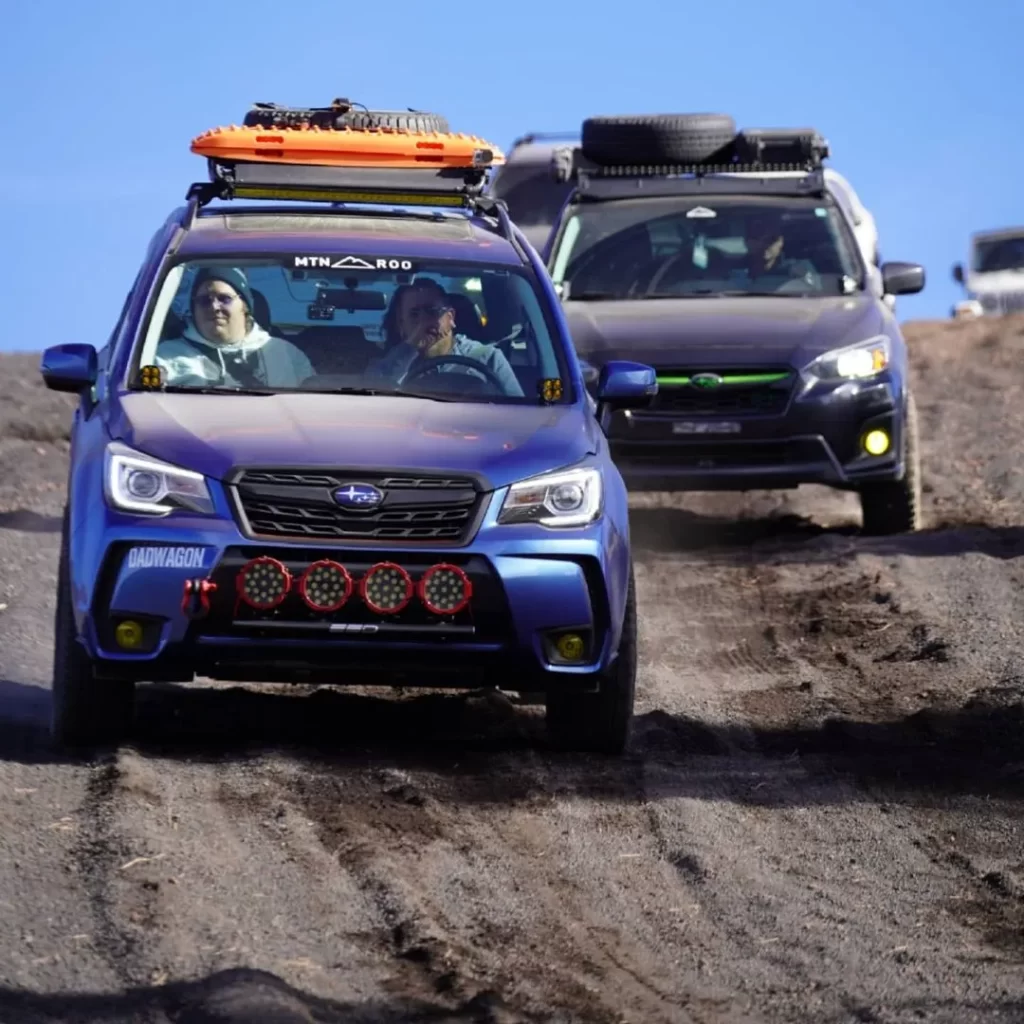
When selecting a vehicle to build for a dedicated purpose, the availability of aftermarket parts plays a large role in what platform many people choose. If someone buys a car that has little to no aftermarket options, getting custom built accessories can add up quickly. Fortunately, there are a growing number of offerings available for Subarus from many of today’s most popular suppliers.
Between the Forester and Outback, you’ll have about the same amount of upgrade parts available to you. One reason for this is that some components are interchangeable as they share the same overall suspension and drivetrain system. Things like wheels, rear diff lockers, and winches will typically be compatible with both vehicles. Another reason is that most companies produce parts for both vehicles since they each have a large fan base of enthusiasts. It’s very rare that a performance parts manufacturer will create parts for the Outback but not the Forester and vice versa.
While there are still not nearly as many off-road parts available for Subarus as there are for Jeeps and other 4×4’s, the offerings between the Outback and Forester are roughly the same (Check out these two articles for the Best Forester Accessories or Best Outback Accessories.)
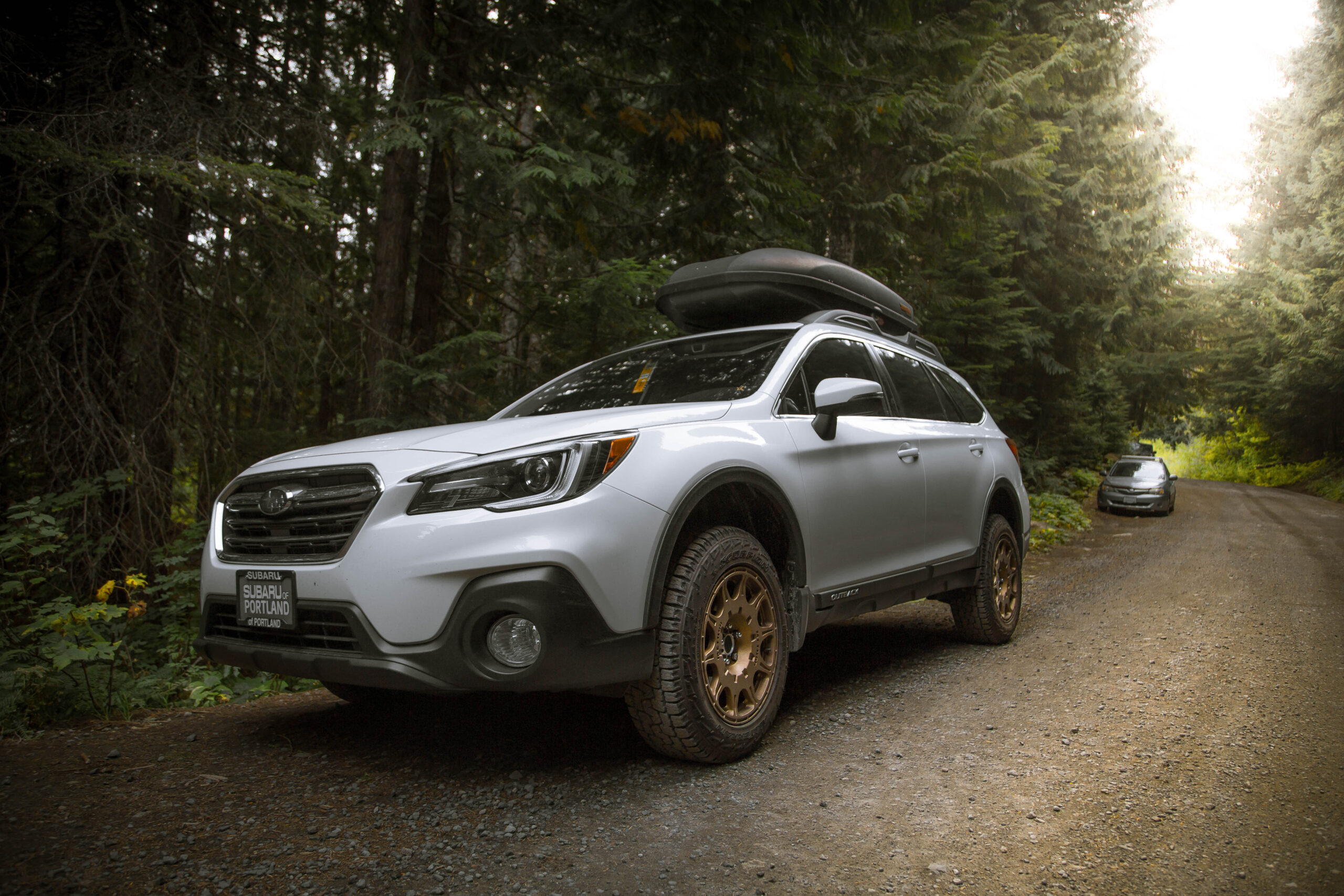
Personal Preference: What's Most Important To You?
When comparing the Outback and Forester, it’s sometimes hard to make a definitive statement as to which is best. They both have similar performance and comfort levels. They both come standard with Subaru’s famous symmetrical all wheel drive system. They’re both available in a Wilderness Edition trim package. The fact that they share so many similarities may be why there is so much confusion surrounding the “Forester vs. Outback” debate.
Unless you need the added power of a turbocharged Outback, we believe it’s truly up to preference. If you prefer the look and interior comfort of the Outback, or the taller, more boxed look of the Forester, you simply can’t make a bad decision. You’ll notice that both vehicles have about the same level of aftermarket support as you begin to explore modifications. Our opinion is to take them both for a spin and see which one you fall in love with. In the end, we think you’ll drive away happy and hit the trails with confidence.
To close out our discussion, the decision between the Subaru Outback and Subaru Forester for off-road adventures ultimately boils down to personal preferences and specific needs. While the Forester has better approach and departure angles, a slightly lighter build, and a more budget-friendly price, the Outback offers a more luxurious interior, powerful powertrain options, and greater towing capacity. Both models enjoy robust aftermarket support, ensuring ample customization possibilities.
Whether you favor the rugged, compact look of the Forester or the spacious interior of the Outback, there’s really no “wrong” choice. Each vehicle brings its own set of strengths to the off-road experience. The best way to decide which is right for you: take both the Forester and Outback for a test drive, allowing personal comfort, driving experience, and individual preferences to guide the decision-making process. In the end, whether navigating tight trails or exploring the backcountry, both the Forester and Outback are reliable and capable companions for off-road enthusiasts.
Other Articles You May Find Helpful:
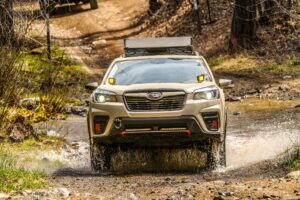
How To Modify A 2020 Subaru Forester For Offroading: Full Mod List
Lifted 2020 Subaru Forester Sport: It Sees More Trails Than Most 4×4’s (Full Build List Included) When Subaru released the 2019 Forester, hardcore enthusiasts were
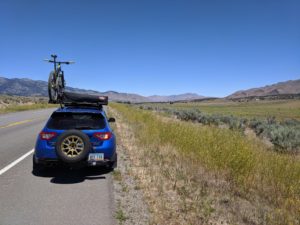
Convenient Spare Tire Storage | Best Rear Tire Carriers For Subaru
CONVENIENT SPARE TIRE STORAGE – BEST REAR TIRE CARRIERS FOR SUBARU By Ben Boxer If you’ve been considering a rear tire carrier for your Subaru,
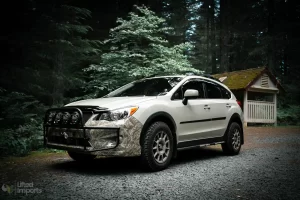
Best Subaru All Terrain Tires: Our Top Picks For Offroad
Whether you have a brand new Outback, Ascent, Forester, or maybe an older Impreza that needs a little extra grip and off-road capability, there are some good all terrain tire options that many Subaru drivers trust. We’ve tested our fair share of tires and scoured countless reviews online to bring you a list of our favorite all-terrain tires for your Subaru.
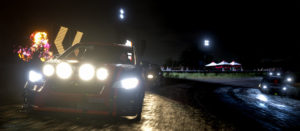
“My Headlights Aren’t Bright Enough!” Here’s What You Can Do To Fix Nighttime Visibility
4 Simple Ways To Improve Your Subaru’s Headlight Brightness Many Subaru owners have expressed their frustrations with underperforming headlights. There’s nothing like driving down a
As an Amazon Associate we earn from qualifying purchases
